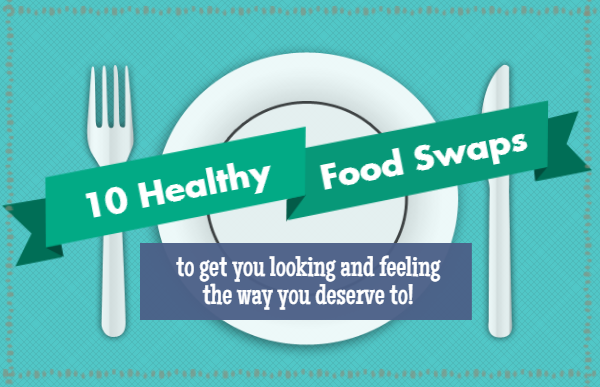Is Maple Syrup Healthy?
When I was younger, frozen Eggo waffles were my favorite breakfast. Always a deliberate eater, I would carefully distribute a smear of margarine into every nook. Next, I would tip the syrup bottle up and watch it flow, making certain a little bit of sticky sauce made it into each and every crevice of that Eggo.
I’ve changed my mind on a few of these things since then.
You certainly won’t find any frozen waffles in my freezer, and you absolutely won’t find any margarine. I’m a converted butter believer, and only the real thing will make it into my fridge. If you take a peek inside my cupboards, you will see a bottle of syrup, but it’s nothing like the imposter stuff I used to bathe my pancakes in before I knew better. But is maple syrup healthy?
Original Recipe
To our grandparents, maple syrup didn’t require a recipe. It came in a glass bottle and it had one ingredient: maple syrup. If you take a look at the syrup isle in the grocery store today, you’ll find rows upon rows of the sticky stuff, but not many of those bottles contain even one drop of the real thing.
Maple Syrup is made from the sap of maple trees. Trees are smarter than they look, and they’re a lot better at planning ahead and saving for the future than most humans are. During the warmer months when sunshine is abundant, trees convert the sun’s rays into energy they need for growth. Responsible and rigid creatures that they are, trees put aside that energy- storing it in their trunks and roots to be used during the long, cold winter.
Who knew a tree could be so sweet?
The indigenous folks of North America were the first to tap into this rich energy reserve (literally, they figured out how to tap holes into a tree trunk and collect buckets of the stuff). The practice was later adopted by European settlers who ‘refined’ the production method, and breakfast has been sweeter ever since.
Canada is the largest producer of maple syrup in the world, and Vermont the largest in the US. Syrup conessiouers from these regions will tell you that the taste of quality syrup is incomparable, but the real reason to spend a little bit more on the good stuff is in the health benefits. Pure Maple Syrup contains plant producing polyphenols– antioxidants that reduce inflammation in our bodies. It is also rich in Thiamine, Manganese, and Zinc, and contains compounds with anti-cancer, anti-bacterial, and anti-diabetic properties. (source)
It is a natural sweetener that doesn’t require a lot of refining to get it to its end product (unlike sugar). Like honey, it has beneficial health properties and that is why it is a healthy choice when used sparingly to sweeten foods.
What the grades mean
There are several different grades of Maple Syrup in the US. The scale is based on density and translucency, not necessarily health quality, and for that reason it can be a little confusing.
-
Grade AA, Light Amber- Made from the first flows of the season, considered highest grade.
-
Grade A, Medium Amber- Slightly darker and more pronounced maple flavor.
-
Grade A, Dark Amber- Deep color with stronger, caramel flavor.
-
Grade B, Very Dark Amber- Less sweet, usually used in baking. (source)
We have been conditioned since elementary school to strive for the grade at the top of the list, but reaching for that darker bottle of syrup might not be a bad idea. Along with a more pronounced maple flavor, the darker a syrup is the higher the antioxidant level it contains.
One place you won’t find any antioxidant or cancer-fighting compounds is inside the plastic walls of a Log Cabin squeeze bottle (even the butter flavored one!) The majority of syrups lining store shelves don’t contain any maple syrup at all. Instead, they are are a concoction of corn syrup, caramel color, artificial flavors, and chemical preservatives.
Real Maple Syrup is more expensive, and like most things in life, there is a reason why. Look for bottles that say “Pure Maple Syrup” or “100% Maple Syrup”. Under US regulations the fake stuff can’t be labeled as such.







